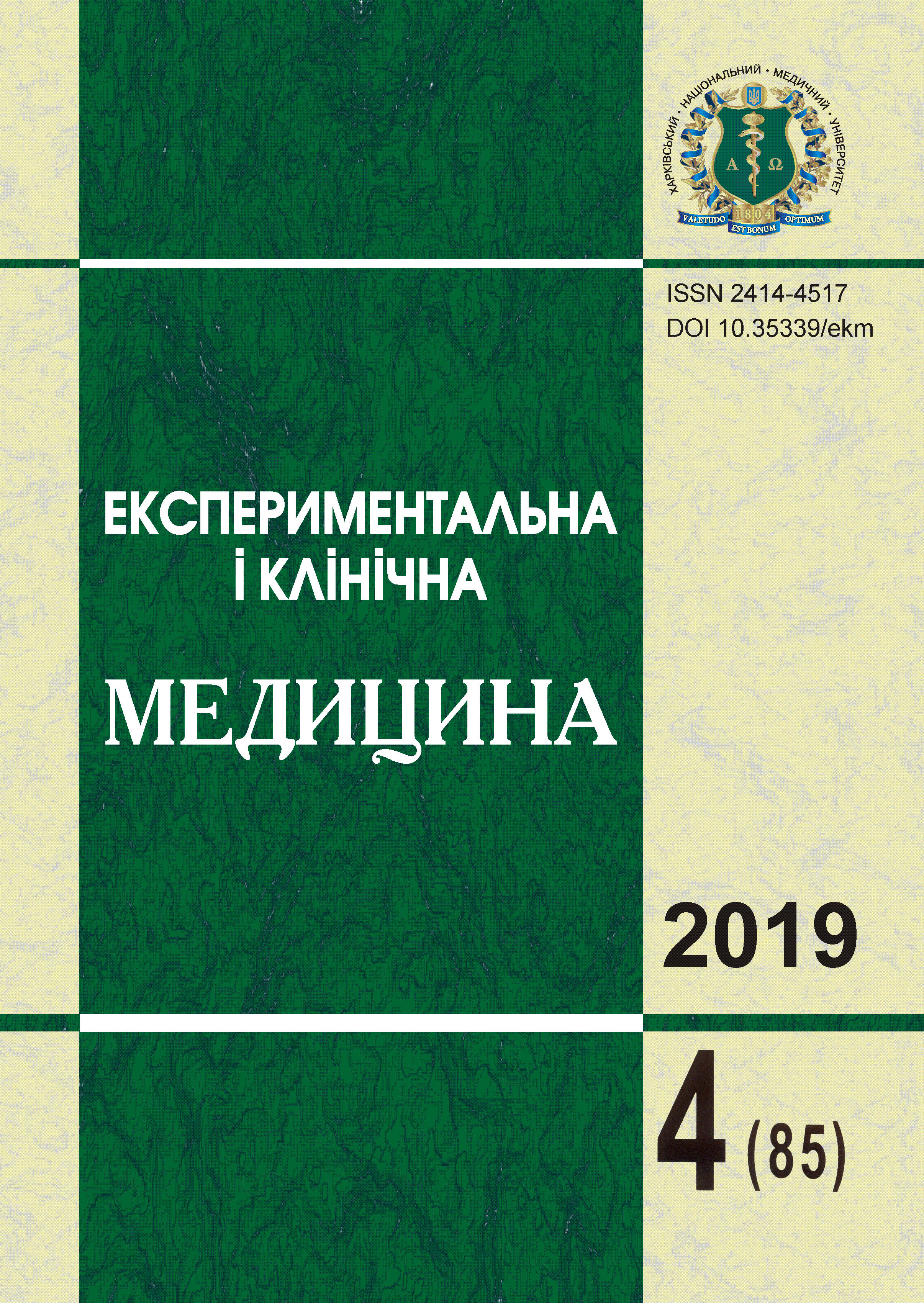Abstract
Currently, titanium plates and screws are widely used to fix bone fragments in maxillofacial surgery. The need for a second operation to remove the metal structure increases the patient's incapacity for work, the economic costs of treatment and the psychoemotional load on the patient associated with anxiety and additional stress. All this has led to the emergence of an alternative method of osteosynthesis using biodegradable plates and screws, which do not have these disadvantages. With all the positive properties of titanium fixators in recent years there has been a large number of publications on the increase in complications after metal osteosynthesis (MOS) using titanium bone plates and screws, which is from 5 to 18 %, therefore, there is a need to remove them after consolidation of bone fragments. The results of the study were the basis for finding ways to obtain the material without metal defect, from which it would be possible to make fixator in the form of plates and screws for the osteosynthesis in maxillofacial region. It was developed biodegradable material of bioactive action (EPU-GAP-LEV) based on polyurethane composition which contains 20 % hydroxyapatite, and 6 % levamisole for osteosynthesis fixator. It was proved effectiveness of EPU-GAP-LEV fixators for osteosynthesis in the treatment of the patients with fractures and deformations of facial skull. Positive results of own clinical researches in early and long terms testified to efficiency and perspective of use of polymeric (including EPU-GAP-LEV) miniplasts in surgical treatment of fractures of facial skull with shift.
References
Bezrukov V.M., Nabyev F.X., Grygoryan A.S., Baryshnykov Y.V. (2003). Vozmozhnosty yspolzovaniya uglerodsoderzhashhyx materyalov v chelyustno-lycevoj hyrurgii [Possibilities of using carbon-containing materials in maxillofacial surge]. Stomatologiia segodnya i zavtra - Dentistry today and tomorrow, pp. 77-83 [in Russian].
Radchenko V., Dedux N., Malyshkina S., Bengus L. (2006). Biorezorbiruyemyye polimery v ortopediii i travmatologii [Bioresorbable polymers in orthopedics and traumatology]. Ortopediya, travmatologiya i protezirovaniye - Orthopedics, traumatology and prosthetics, № 3, pp. 116-124 [in Russian].
Matros-Taranecz Y.N., Kalynovskyj D.K., Haheleva T.N. et. al. (2004). Rezultaty khirurgicheskogo lecheniya perelomov nizhney chelyusti s primeneniyem nabora titanovykh miniplastin i instrumentov dlya cherepno- chelyustno-litsevogo osteosinteza firmy «Konmet» [Results of surgical treatment of mandibular fractures using a set of titanium miniplates and instruments for craniomaxillofacial osteosynthesis by Konmet]. Sovremennaya stomatologyya - Modern dentistry, pp. 105-108 [in Russian].
Ryabokon E.N. (2007). Vnutrennyj osteosyntez mynyplastynamy pry lechenyy bolnyh s perelomamy myshhelkovogo otrostka nyzhnej chelyusty (obzor lyteratury) [Internal osteosynthesis with miniplates in the treatment of patients with fractures of the condylar process of the mandible (literature review)]. Dentalnye texnologyy - Dental technology, № 1, pp. 59-62 [in Russian].
Andreopoulos N., Stamatopoulos G., Zavras A. et al. (2004). Osteosynthesis with biodegradable plates and screws of the free floating zygomatic arch. Results from the study. J. Bone Joint Surg. Br., vol. 86-B, issue suppl II, p. 157. Available from: http://www.bjjprocs.boneandjoint.org.uk/content/86-B/SUPP_II/157.4.N
Husseiny M. (2002). Value of the resorbable biodegradable plates in fixation of mandibular fracture in children «2 years follow up». J. Cranio-Maxillofac. Surg., vol. 30, suppl. 1, p.38.
Dudko O.G. (2011). Osteosyntez perelomiv kistok polimernymy konstruktsiyamy, shcho rozsmoktuyutsya (ohlyad literatury) [Osteosynthesis of bone fractures by resorbable polymer structures (literature review)]. Visnyk ortopediyi, travmatologiyi ta protezuvannya - Bulletin of Orthopedics, Traumatology and Prosthetics, № 1, pp. 80-85 [in Ukrainian].
Langford R.J., Frame J.W. (2002). Tissue changes adjacent to titanium plates in patients. J. Cranio-Maxillofac. Surg., vol. 30 (2), pp.103-107.

